Between central Anatolia and the Mediterranean regions, Türkiye’s historic city of Karaman has become a year-round destination for travelers drawn to its ancient past, natural wonders, and rich traditions.
With a history dating back to 7000 B.C., Karaman has been home to numerous civilizations, including the Hittites, Phrygians, Romans, Byzantines, Seljuks and Ottomans. The city also holds significance as the former capital of the Karamanid Dynasty.
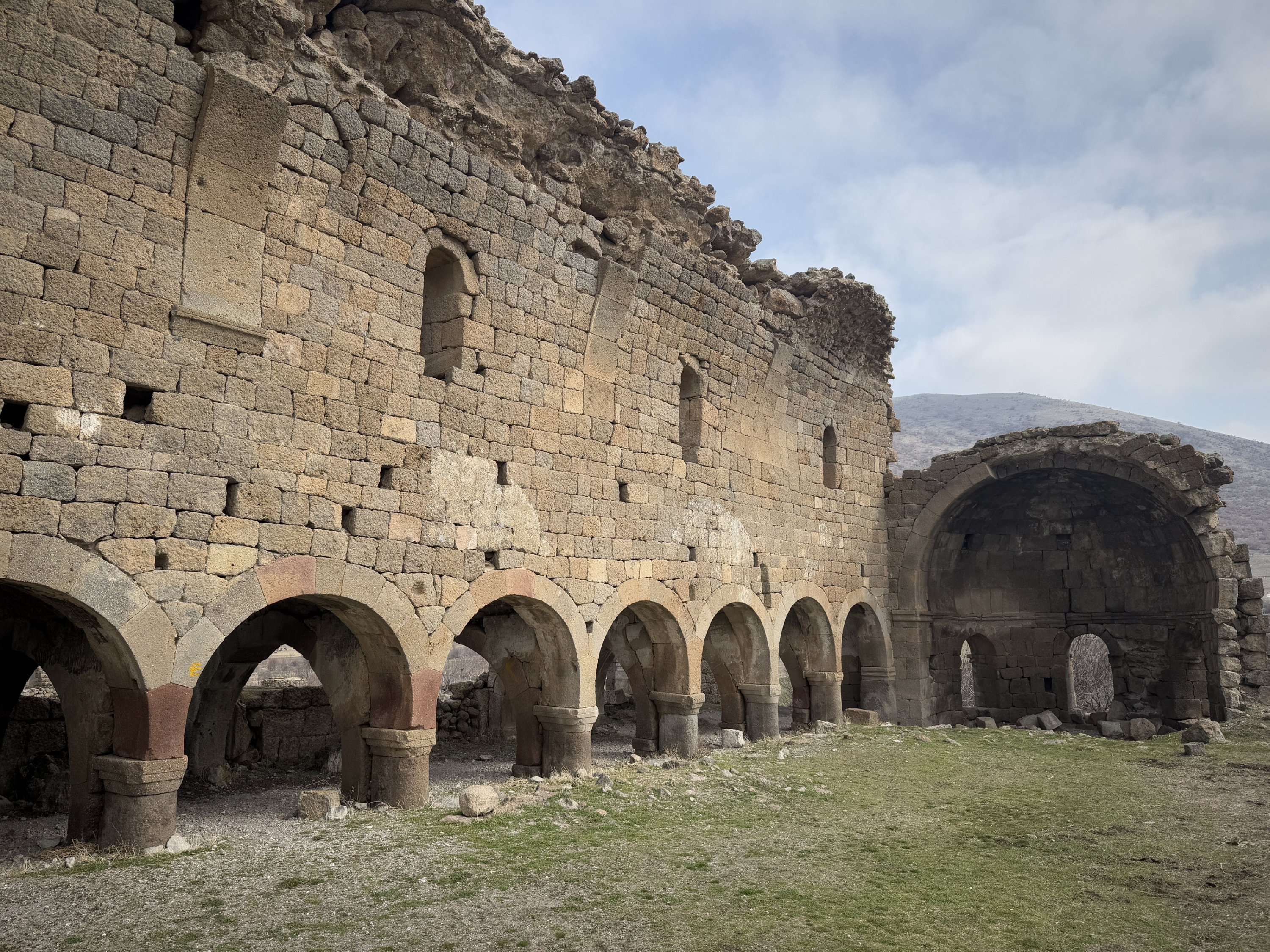
Located in the medieval region of Lycaonia, Binbir Kilise (“A Thousand and One Churches”) houses the remains of approximately 50 Byzantine churches, making it a key site for understanding the Early Christian period. During the Byzantine era, it became a prominent religious center and a stop for Christian pilgrims traveling from Europe to Jerusalem.
Though many of the structures suffered damage in an earthquake between 1880 and 1905, the remnants of Binbir Kilise remain an important cultural and historical site, drawing both local and international visitors.
Manazan Caves
The Manazan Caves, located in the Taşkale district, captivate visitors with their intricate geological formations and historical significance. Carved entirely by human hands into a massive rock face, the caves resemble a five-story apartment building dating back approximately 1,400 years.
The lower two floors feature numerous small chambers, while the upper levels include areas known as Kumkale, At Meydanı and Ölüler Meydanı. The highest level, where human remains were discovered, includes a Byzantine-era female skeleton now displayed in the Karaman Museum.
The caves, believed to have been carved in the sixth and seventh centuries, provided secure dwellings with stable temperature and humidity levels, making them architectural marvels of their time.
Aktekke Mosque
Aktekke Mosque, also known as Mader-i Mevlana, is a testament to Karaman’s historical and spiritual significance. Located in the city center, the mosque houses the tomb of Mümine Hatun, the mother of Mevlana Jalaluddin Rumi, along with several of his relatives.
Built during the time Mevlana’s family resided in Karaman, the mosque features a simple yet elegant white facade and an interior that reflects the artistic craftsmanship of its era. It remains a focal point for spiritual tourism and religious visitors alike.
Taşkale Grain Storage
The Taşkale Grain Storage, comprising over 350 granaries carved into a limestone rock face, has preserved agricultural products for centuries. This ingenious system maintains stable temperature and humidity levels as a natural refrigerator.
Originally carved during the Byzantine period and continually expanded over time, the storage units were in use up until the early years of the Turkish Republic. Visitors can still witness locals using a pulley system to transport grain into these historical chambers.
Tartan Mansion
A prime example of Ottoman civil architecture, the Tartan Mansion in Karaman reflects the grandeur of the era. Once home to the influential Tartan family, the mansion has been repurposed as a museum, welcoming visitors interested in traditional Turkish home design.
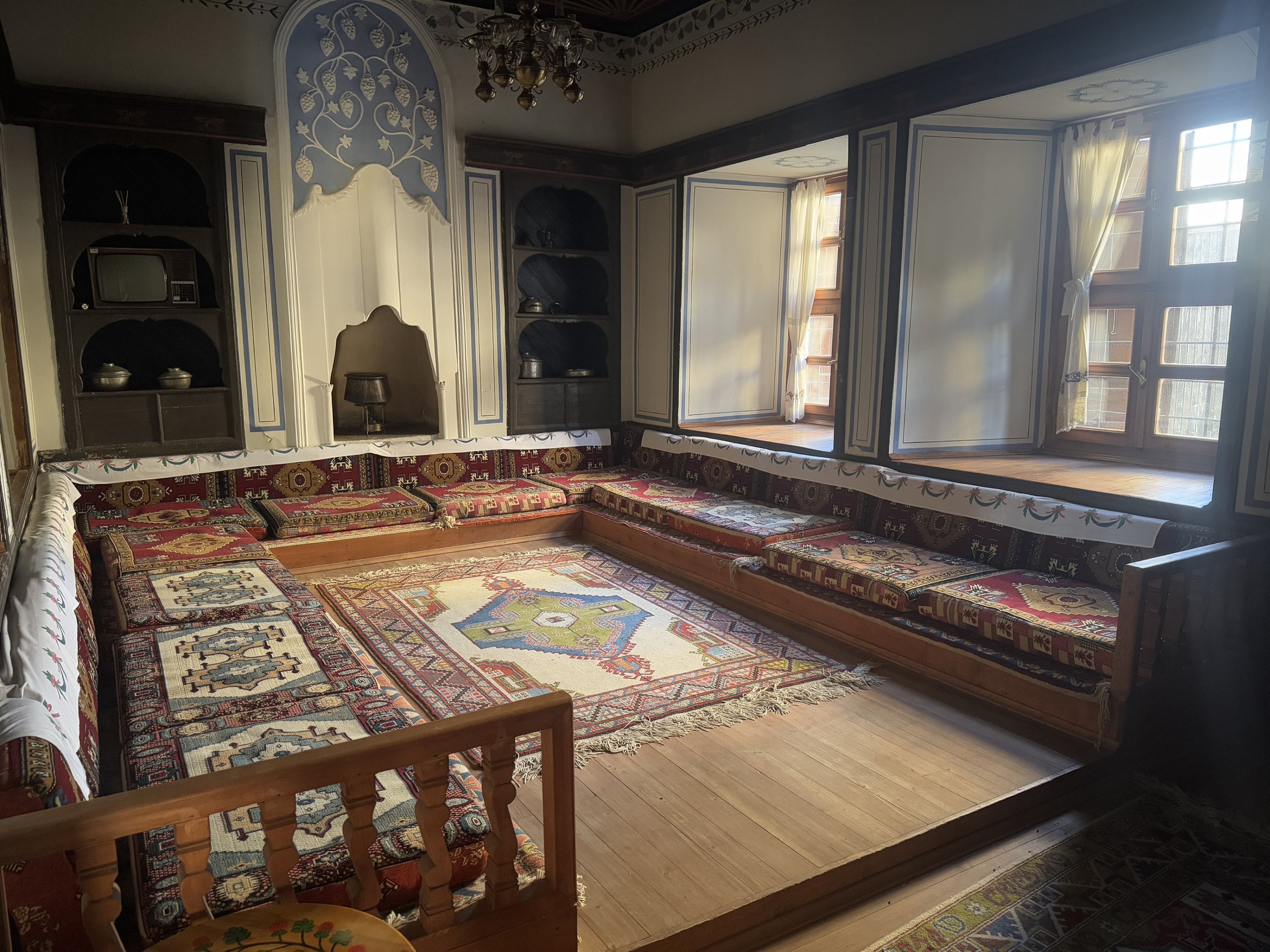
With wooden carvings, high ceilings and masterfully crafted doors, the mansion offers a striking representation of Ottoman aesthetics. Its harmonious blend of stone and wood craftsmanship makes it one of Karaman’s most remarkable heritage sites.
Gazi Cultural Arts Center
Home to Türkiye’s first and only “elementary education museum,” the Gazi Cultural Arts Center showcases the evolution of primary education in the country. Housed in the 96-year-old Gazi Primary School building, the museum presents an immersive experience of the historical journey of education.
Museum curator Ali Yağcı, who has been collecting educational artifacts since 1989, explained that the museum features five sections: Sıbyan Mektebi, Iptidai Mektebi, the Republican period, the Ministry of Education and a special collection from the Netherlands.
“Our museum has welcomed around 700 visitors daily since its opening in 2018. We provide a chronological exhibition of Türkiye’s primary education history,” Yağcı told Anadolu Agency (AA).
Highlighting the cultural importance of writing, Yağcı added, “Our ancestors considered the pen sacred. Calligraphers would collect the shavings from their pens and, upon their passing, request that these shavings be used to heat the water for their final washing before burial. This tradition continues to this day.”
Other must-see landmarks
Beyond these historical sites, Karaman offers additional attractions, including Karaman Castle, which has been restored multiple times since the Seljuk and Ottoman periods, the intricately designed Hatuniye Madrasah from the Seljuk era and Ermenek Dam, Türkiye’s fourth-largest dam, surrounded by stunning turquoise waters and serene landscapes.
Nature lovers can also visit Göksu River, which originates from the Taurus Mountains and flows into the Mediterranean, as well as Yerköprü Waterfall, known for its crystal-clear turquoise waters.
With its deep-rooted history, breathtaking landscapes, and vibrant cultural heritage, Karaman is one of Türkiye’s most captivating destinations, offering an unforgettable journey through time.

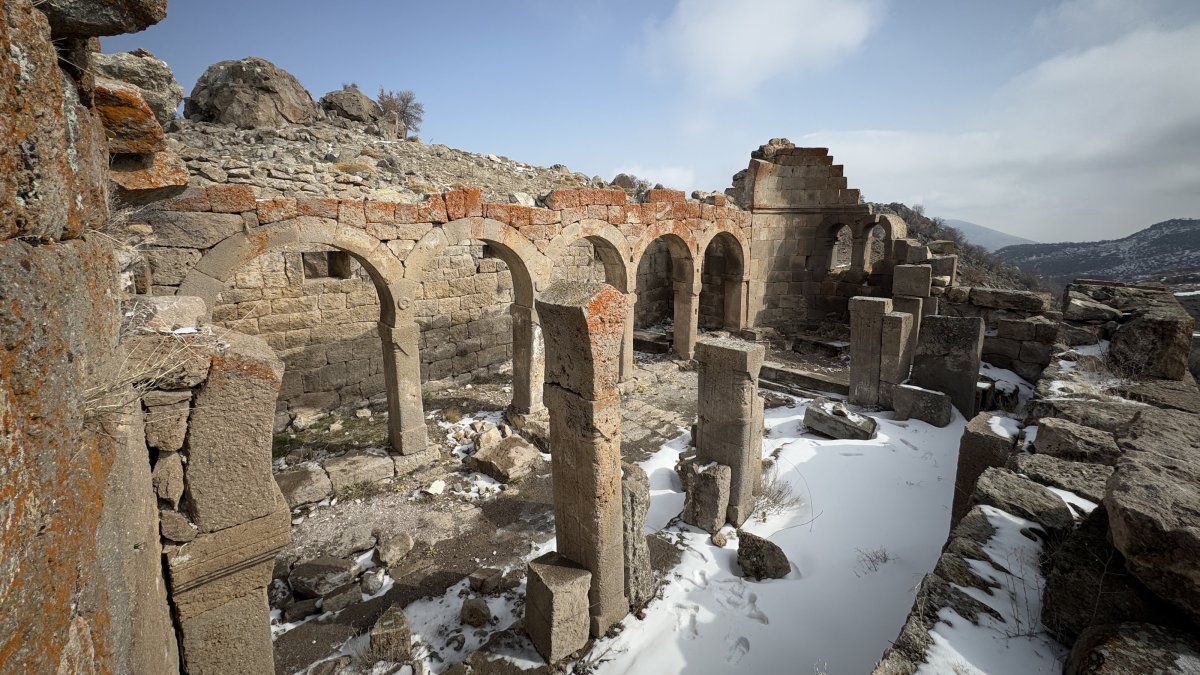
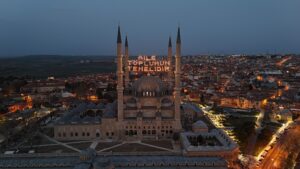
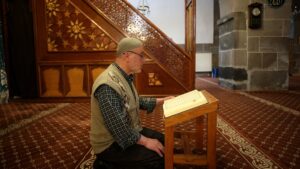






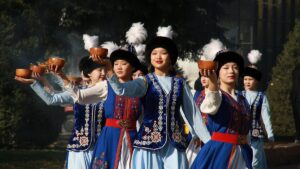
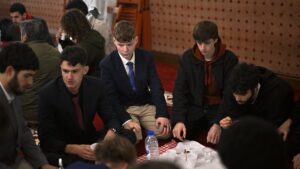








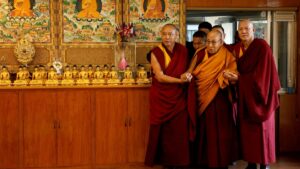




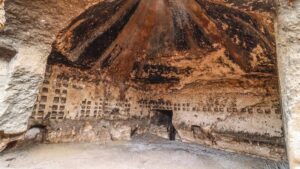




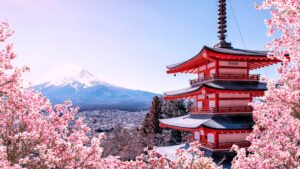
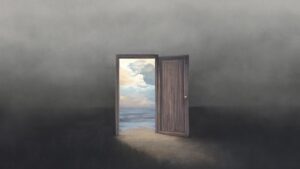
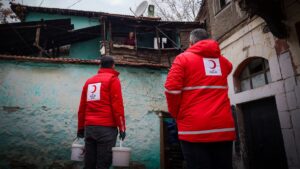





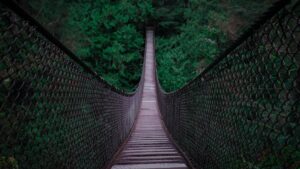













Be First to Comment